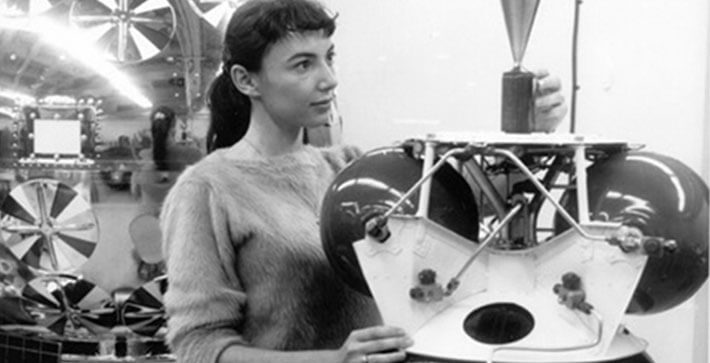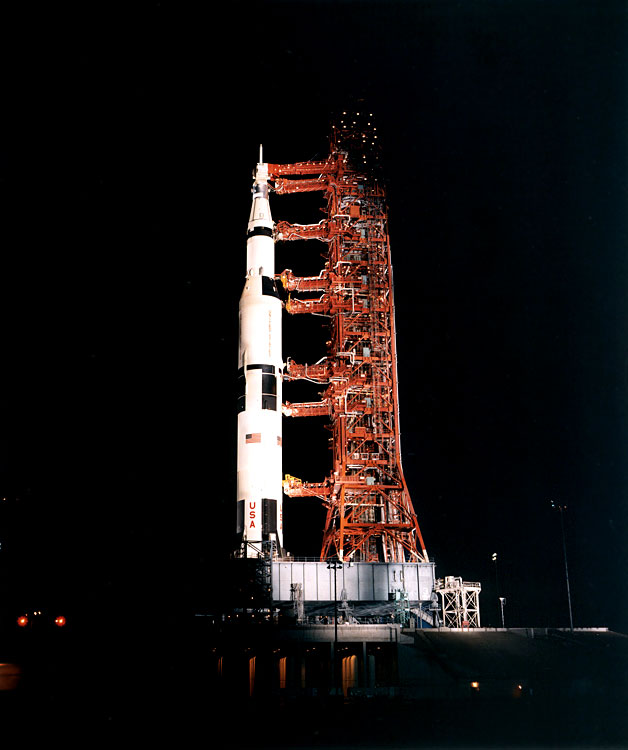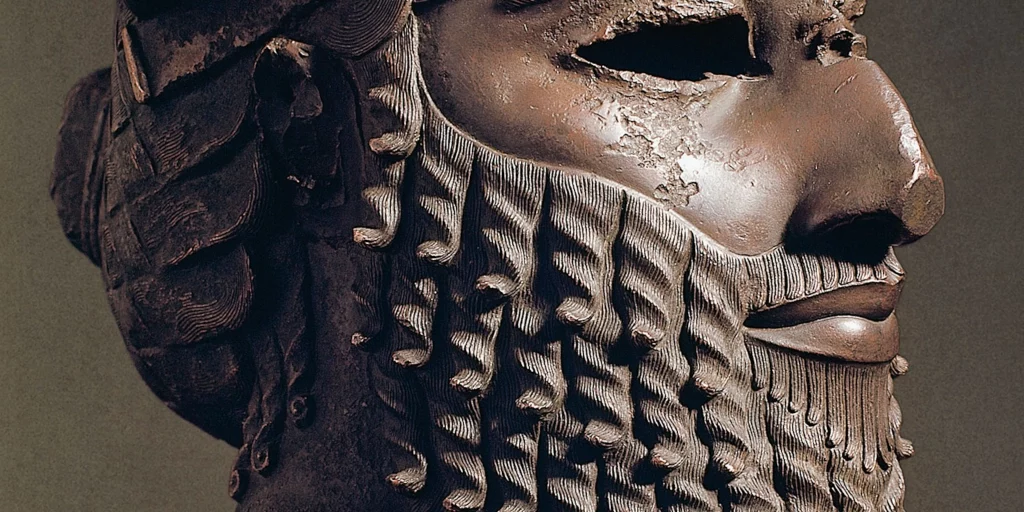Judith Love Cohen was an aerospace engineer who worked on projects such as the Hubble Space Telescope and the Apollo Space Program.
In popular culture, she’s better known as the mother of musician and actor Jack Black.

From Brooklyn to Los Angeles
Judith Love Cohen was born in Brooklyn, New York, in 1933. Her father was a soda salesman and her mother worked at her family’s dress factory.
Cohen was so adept at math from an early age that her classmates paid her to do their math homework. In junior high, she was the only girl in her math class. This was a trend that would continue for the rest of her career.
Her high school guidance counselor tried to dissuade her from pursuing math or science, telling her that she should go to finishing school instead. Cohen paid her no mind. She received a scholarship to Brooklyn College as a math major, but soon switched to engineering.
While she attended college in Brooklyn, she also danced ballet in the Metropolitan Opera Ballet company. Aside from a brief pause to have her children, Cohen danced for her whole life. In the 1960s she switched from ballet to traditional folk dancing.
Cohen married her first husband when she was a college freshman. Their first child was born when she was twenty years old.
The young family moved to Los Angeles, California. Cohen worked full-time for North American Aviation while caring for three young children and attending night classes at the University of Southern California.
Space Technology Laboratories
When Cohen was starting out, less than one-half of one percent of all engineers were women. Throughout the years that it took her to earn her Bachelor’s degree and then her Master’s, she was the only female engineering student at USC.
After earning her Master’s, she served as a board member for USC’s Astronautical Engineering Advisory.
Her eldest son describes her as “a vigorous and tireless advocate of better treatment for women in the workplace” who had “a profound impact on equality in the workplace.”
Throughout her career of nearly forty years, Cohen worked as an engineer specializing in space technologies. She worked on the Relay System Satellite, which remained functional for nearly 40 years. She also led the team of engineers that designed the Hubble Space Telescope.
Her work on the Abort-Guidance System on the Apollo Lunar Module made it possible for astronauts to return safely after an oxygen tank explosion crippled Apollo 13.
The Apollo Lunar Module
Apollo 13 launched in April of 1970. It was the seventh crewed mission in the Apollo space program. If it had been successful, it would have been the third mission of the Apollo space program to land on the moon.
On April 11, Apollo 13 took off from the Kennedy Space Center in Florida. Two days later, it lost one of its oxygen tanks. The crew no longer had enough oxygen to complete their mission. Debris littered the space around the vessel, obscuring their view.
Ground crew directed the astronauts to power up the Apollo Lunar Module and use it as a lifeboat to get back to Earth. A return path was charted to get them home, where they would splash down in the Indian Ocean four days later.

Back on Earth, the mission was a media sensation. Regular television programming was interrupted for frequent updates. Pope Paul VI led 10,000 people in praying for the astronauts’ safe return. 100,000 people offered up their prayers during a religious festival in India.
The crew struggled with excess carbon dioxide, near-freezing temperatures, and lack of water on the journey home. In the end, they made it back alive.
Over 70 million people watched the live broadcast of the Apollo crew’s return.
Cohen was present when the crew from Apollo 13 visited the engineers in California to thank them for developing the technology that had saved their lives. Cohen later reflected that her work on the Apollo mission was the highlight of her long and successful career.
Jack Black
Judith Cohen divorced her first husband in the mid-sixties and married Tom Black. He converted to Judaism in order to marry her. All four of her children were raised in the Jewish faith.
The circumstances surrounding the birth of her fourth child are the stuff of legend.
“She actually went to her office on the day that Jack was born,” Cohen’s eldest son recalled. “When it was time to go to the hospital, she took with her a computer printout of the problem she was working on. Later that day, she called her boss and told him that she had solved the problem. And . . . oh, yes, the baby was born, too.”
Thomas Jacob Black was born in Santa Monica, California in 1969. Popularly known as Jack Black, he’s starred in scores of successful movies. His group Tenacious D won a Grammy.
Retirement
Cohen divorced Tom Black in the 1970s and later married David Katz. They remained together until she died 35 years later. She retired from engineering in the 1990s.
Never a woman to remain idle, Cohen jumped into publishing after retiring from engineering. She was inspired by her husband’s experiences as a substitute teacher. When he asked children what they wanted to be when they grow up, the girls’ answers were usually limited to stereotypical positions such as secretarial work.
She wrote a children’s book called You Can Be a Woman Engineer, and her husband illustrated it. This sparked a new passion that led to a whole series of books for young girls that sold over 100,000 copies.
She partnered with other professional women to write many of the books in the series. They highlighted possible fields such as architecture, paleontology, and marine biology.
In addition to the You Can Be series, Cohen and her husband published a Green series aimed at educating young children on responsible environmental practices. They also developed interactive CDs and kits for the books, such as a shovel and seed packets to go along with You Can Be a Woman Botanist.
Cohen died in Culver City at the age of 82. She is survived by three children and three grandchildren.

